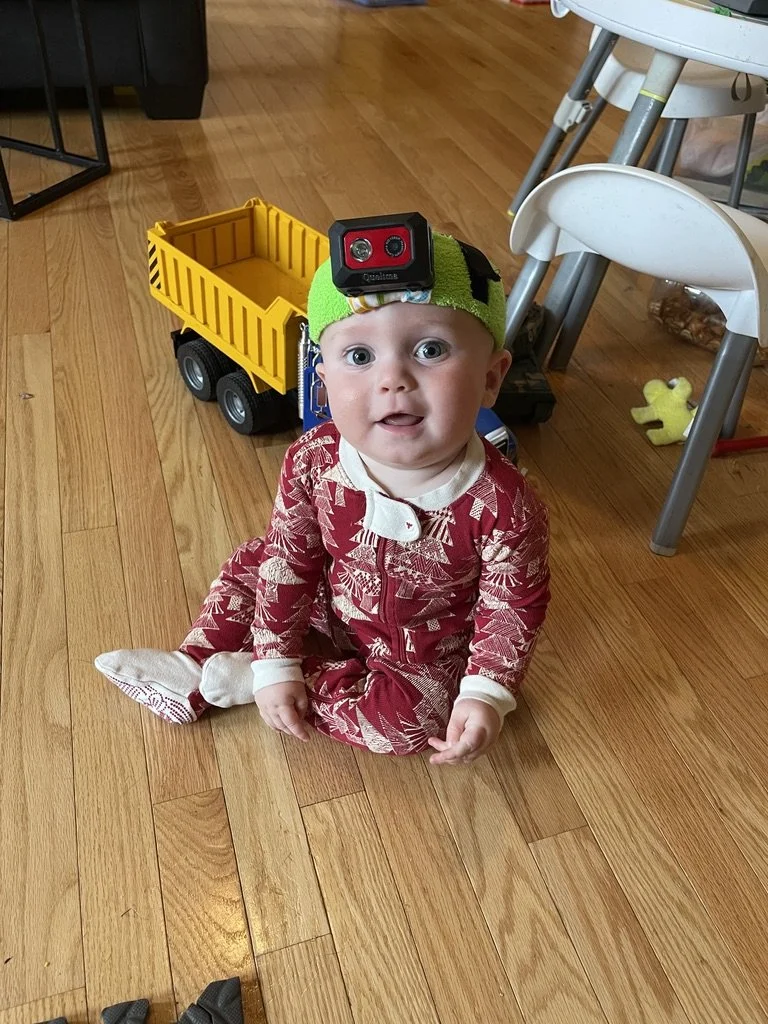Materials
Homeview Corpus
One of the most fundamental questions in psychology concerns the role of experience. What are the essential components of human experience? What are the malleable points in which small differences in experience can lead to different developmental outcomes? What are the mechanisms that underlie developmental change?
Answering all these questions requires that we know much more than we do about everyday experience. With these larger questions in mind, the Home view project is collecting a large corpus of infant perspective scenes (using head cameras) and audio in the home as infants 1 to 24 months of age go about their daily life.
Homeview Corpus Information
-
The Corpus
The corpus, with over 500 hours of head camera video promises new insights into the natural statistics of visual experiences for visual development generally, for visual object recognition, for human face perception, and for object name learning.
-
The Head Camera
Recording the availability of faces in infants' everyday environments requires a method that is not disruptive of those daily environments. Accordingly, we use a wearable camera that was lightweight, cable-free, attached to daily-wear hats, and easy for parents to use.
-
Procedure
In a pre-visit, parents were informed about the goal of the study, consent was obtained, and they were instructed to use the camera. A hat was selected and fit to the child. Subsequently, the materials were delivered to the infant's home and the parents were reinstructed in the use of the camera.
-
Coding the Corpus
The videos collected from parents were screened for privacy and accidental recordings (1.5% of total recording) and those sections were subsequently removed from the dataset.
-
Sample Data
These videos were obtained in the home setting. See how selective our momentary view of the world is and how it changes with development.
